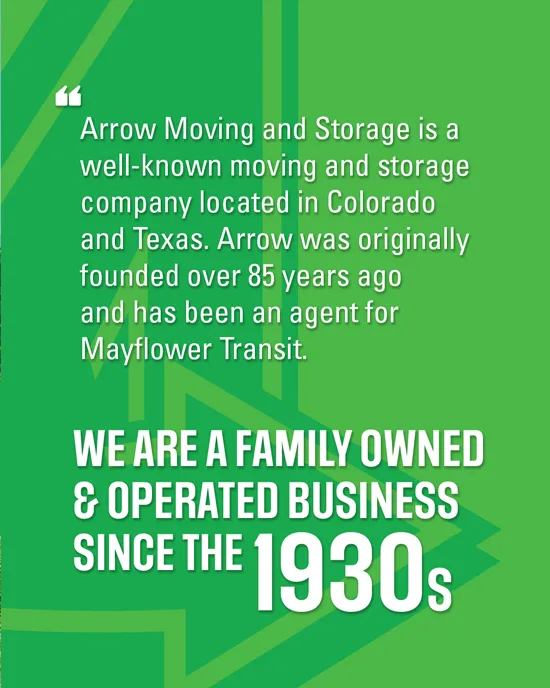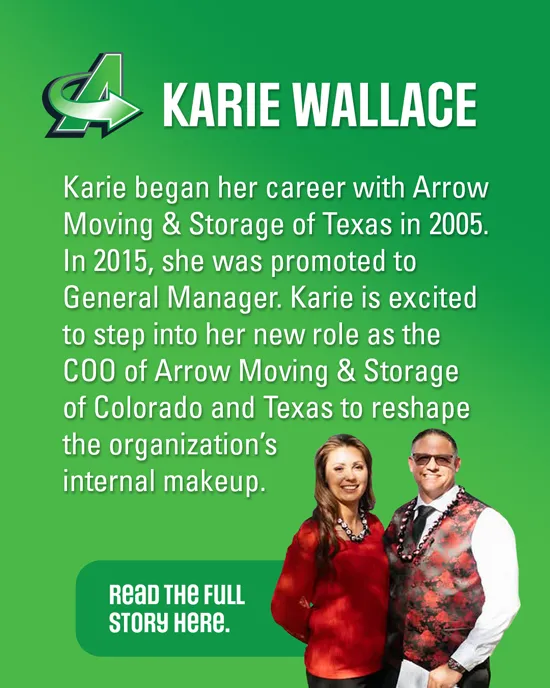Moving from one home to a new home typically involves multiple to-do lists. One essential list involves assembling your first-night box. As you pack these items for your household members, remember that your pets will need their essentials too.
1. Carrier/Crate
You’ll need a pet carrier to transport your furry friends to their new homes safely. Be sure to tuck in a comfortable blanket or other material your pet is familiar with to help them feel comfortable and secure.
2. Collars and Leashes
Before you leave, double-check to ensure your pet’s collar has an engraving of your name, phone number, and new address. Hectic events like moves can scare a pet. If they run off during the chaos, the person finding them can ensure they return home to you.
Once you arrive, your dog will likely need a walk fairly quickly. Remember to bring a leash for each dog you own.
Pro Tip: If your pet is microchipped and registered, update the details on your account. Change your address, phone number, and email address as needed. Additionally, you can update your veterinarian or insurance information or change your pet’s name.
3. Food
Plan to pack enough pet food to last a few days, so you aren’t digging through moving boxes or running from store to store to find the type of food your pet eats, especially if they’re on a special diet. This way, your pet can keep up its standard routine, and you won’t be stuck dealing with an upset tummy and extra clean-up tasks.
4. Dishes
Remember to tuck in suitable water and food bowls for your pets. This way, you don’t need to grab the first thing you find, such as your vintage dishes or mom’s China bowls.
5. Toys
Your pets will feel more comfortable and less stressed if familiar items surround them. So, pack a few of their favorite playthings, including chew toys, bones, catnip, or small toys they can use to bat around and play.
6. Litter Box/Poop Bags
Like humans, pets will need to do their business when they arrive. One of your first to-do tasks is to plan to take your pup for a walk and set up a litter box for your kitty. This way, they don’t find their own places to go, which will likely be the opposite of your plans.
When you take your dog for its walk, be sure to bring poop bags. Many communities have strict laws and issue fines to people who don’t pick up pet waste. You don’t want to be caught without any means to pick up after your canine, upsetting your neighbors. Besides, it creates a mess.
7. Bedding
If your pet typically sleeps in a specific bed, pack it in a place where you can easily find it. If not, pack a comfortable quilt or blanket for them to sleep on. (Unless, of course, they usually cuddle up with you!)
Ready to Plan Your Upcoming Move?
Making sure your furry pals have essential items they need, along with a few niceties, can go a long way towards giving them an easier transition to a new home. Pets, like humans, can get stressed, and perhaps even more so, since they don’t know what’s happening.
Ready to plan your move? Contact us today to learn more about our services and how we can help ensure you have a seamless move. We offer free quotes.





